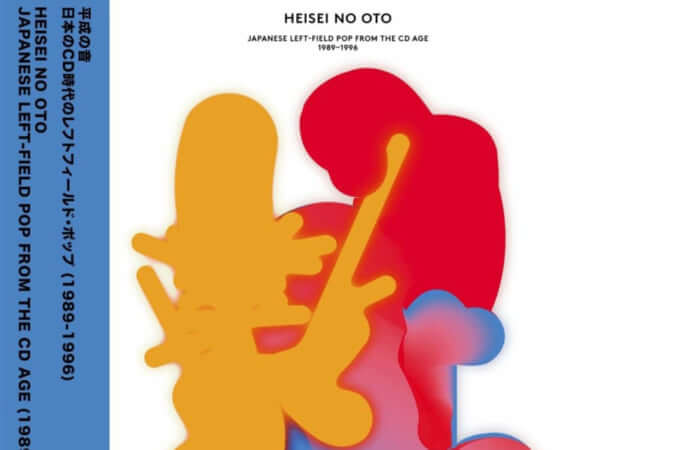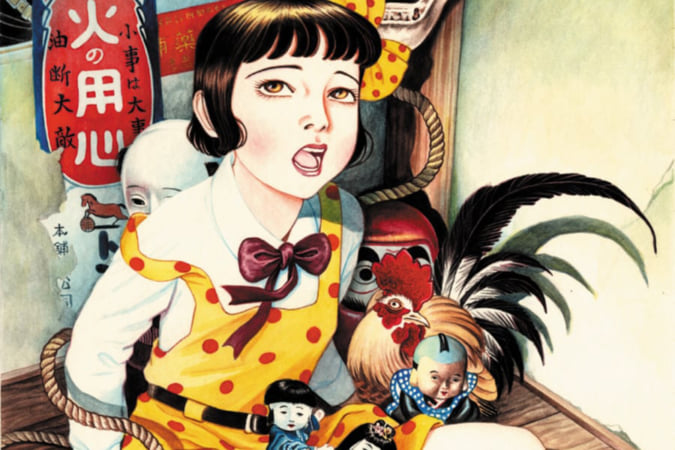The Musée d’Ennery, a Trove of Japanese Treasures
In this mansion, the collection owned by a 19th-century couple comprises rare miniature objects sought after in the time of Japonisme.
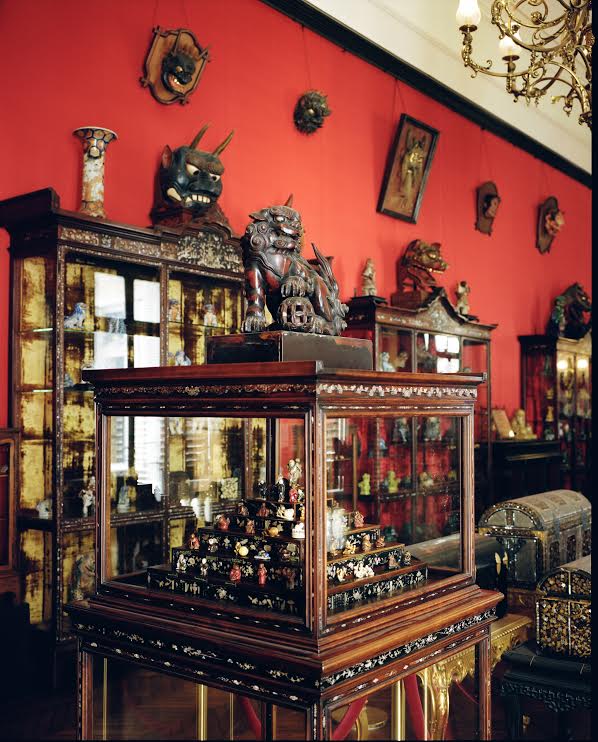
Courtesy of the Musée d'Ennery
The Musée d’Ennery, formerly a mansion owned by Clémence and Adophe Philippe d’Ennery, is a real time machine that allows visitors to step back in time and discover a unique, rare collection.
Located in Paris’s 16th arrondissement, not far from the Arc de Triomphe, this museum reveals another aspect of Japanese history and aesthetics in an environment that evokes a curiosity cabinet.
A richly ornamented setting
Hundreds of ceramics, masks, porcelain objects and netsuke (fasteners used to attach objects or small pockets to the obi sash of a kimono) can be found in magnificent Vietnamese wooden cabinets, some of which are embellished with mother-of-pearl. Some of the display cases are adorned with fish, recalling Japanese temples.
The Musée d’Ennery represents the taste of an era and a person, Clémence d’Ennery. ‘All her life, she wanted to recreate a magical environment, like a theatre set’, explains Michel Maucuer, curator of the Japan section of the museum. There are almost 3000 pieces, each one more phantasmagorical than the last. ‘The International Netsuke Society often come here, almost like a pilgrimage’, the curator reveals.
This museum is ‘designed for delectation and delight’ and displays, in an incredible architectural setting, some unique masterpieces. Visits must be booked in advance because the establishment holds a maximum of just 19 people at once, and on Saturday mornings only.
More information about the Musée d’Ennery can be found on its website.
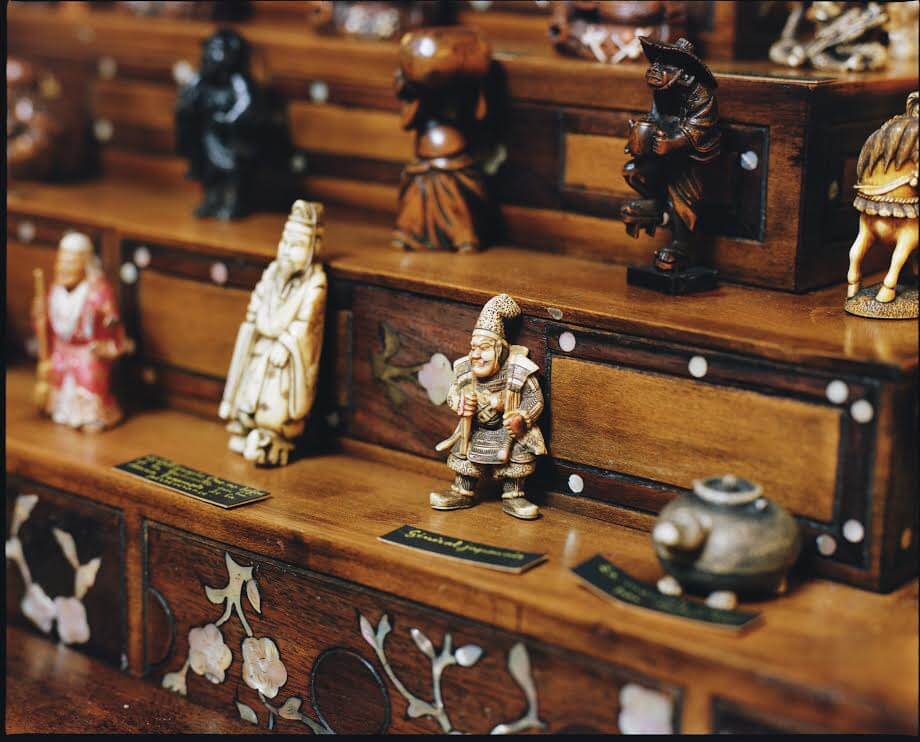
Courtesy of the Musée d'Ennery
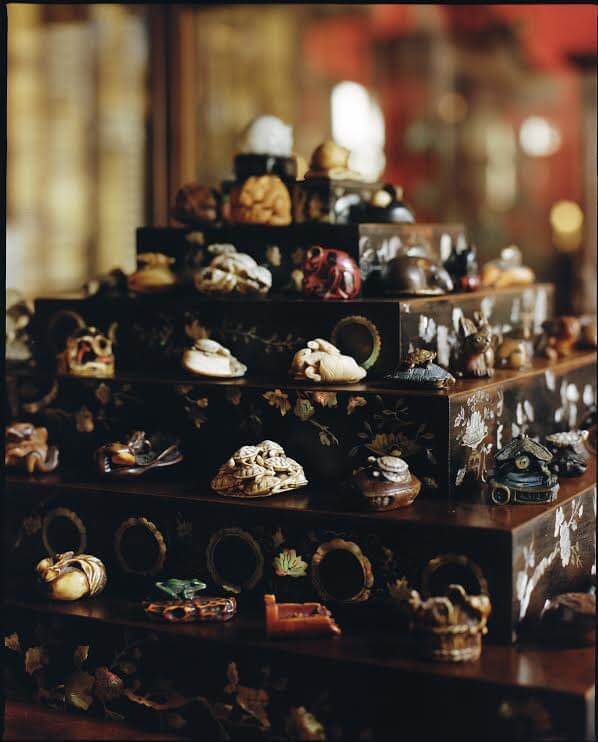
Courtesy of the Musée d'Ennery
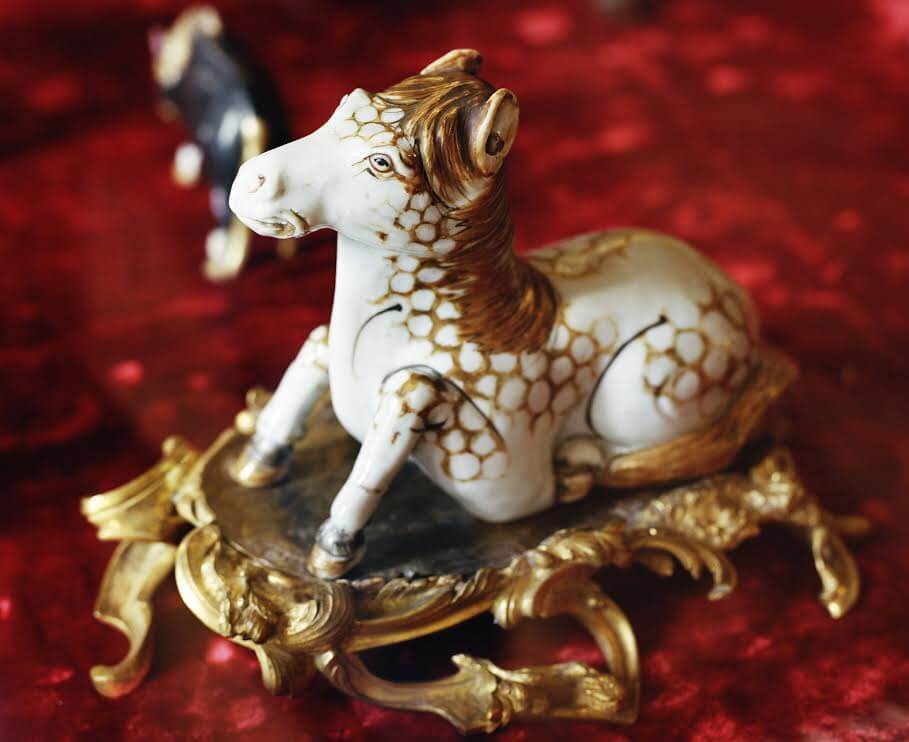
Courtesy of the Musée d'Ennery
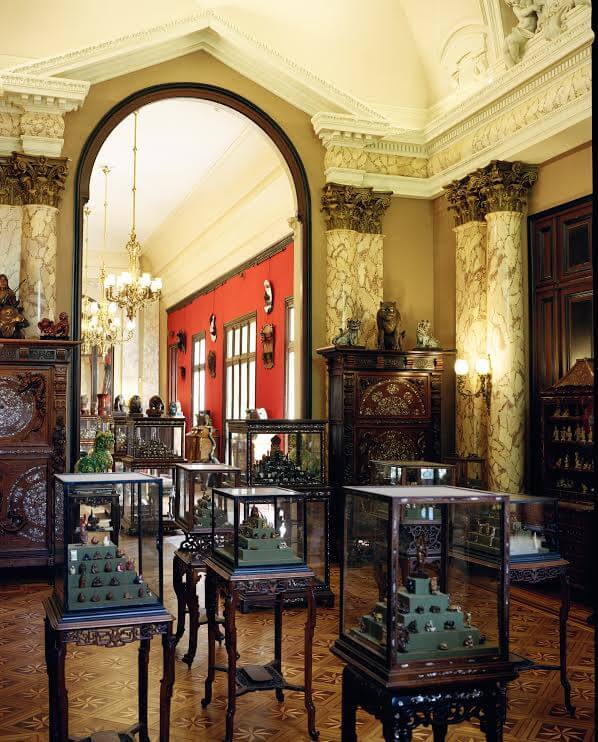
Courtesy of the Musée d'Ennery
TRENDING
-
The Tattoos that Marked the Criminals of the Edo Period
Traditional tattoos were strong signifiers; murderers had head tattoos, while theft might result in an arm tattoo.

-
The Story of Sada Yacco, the Geisha who Bewitched Europe
Described by Dazed magazine as the first beauty influencer, she has been restored to her former glory since 2019.

-
Chiharu Shiota, Red Threads of the Soul
Last year, more than 660,000 people visited the retrospective 'Chiharu Shiota: The Soul Trembles' exhibit at the Mori Art Museum.

-
Japanese Left-field Pop From The CD Age, 1989-1996
‘Heisei No Oto’, a compilation of hidden gems in the unspoken depths of Japanese pop, reveal blissful moment of technological possibility.

-
‘Shojo Tsubaki’, A Freakshow
Underground manga artist Suehiro Maruo’s infamous masterpiece canonised a historical fascination towards the erotic-grotesque genre.




